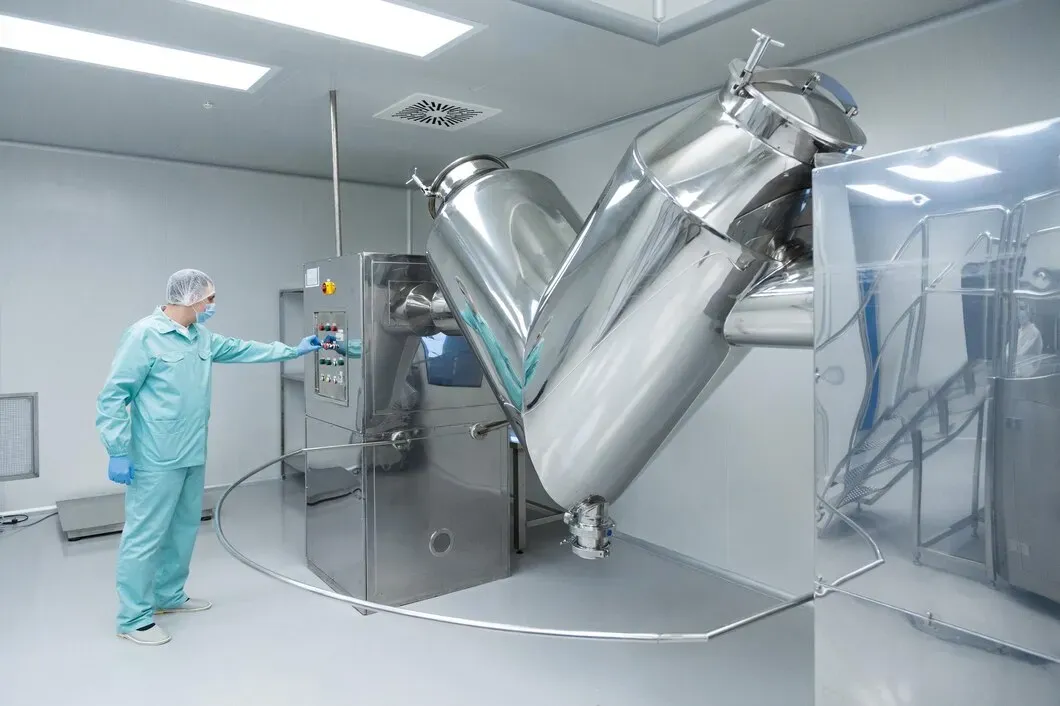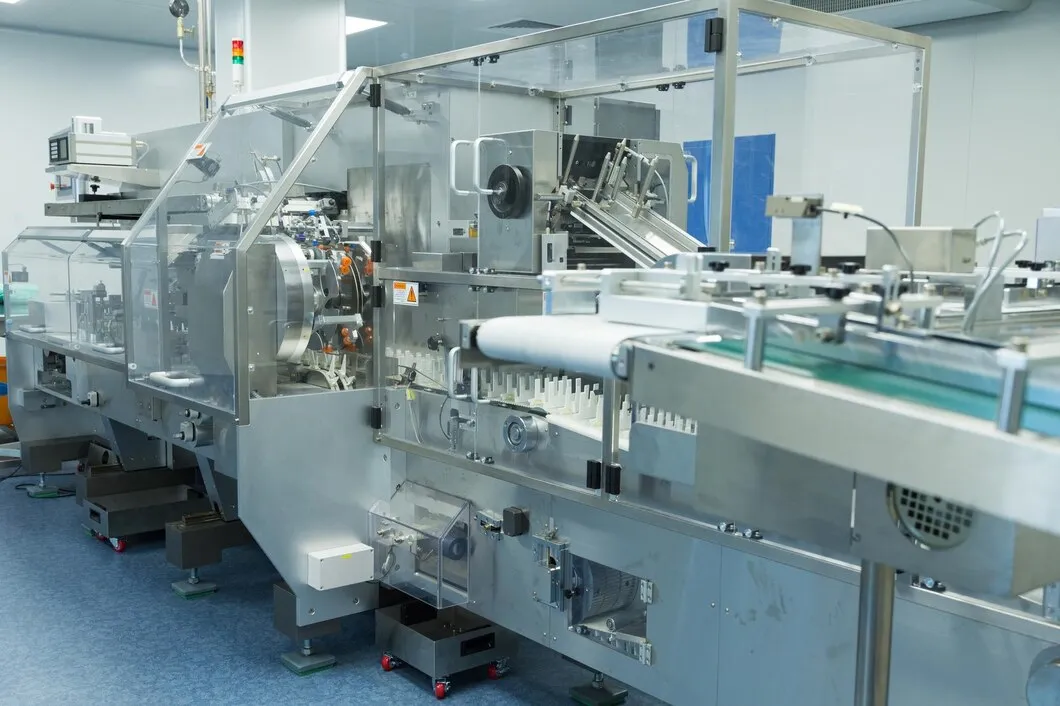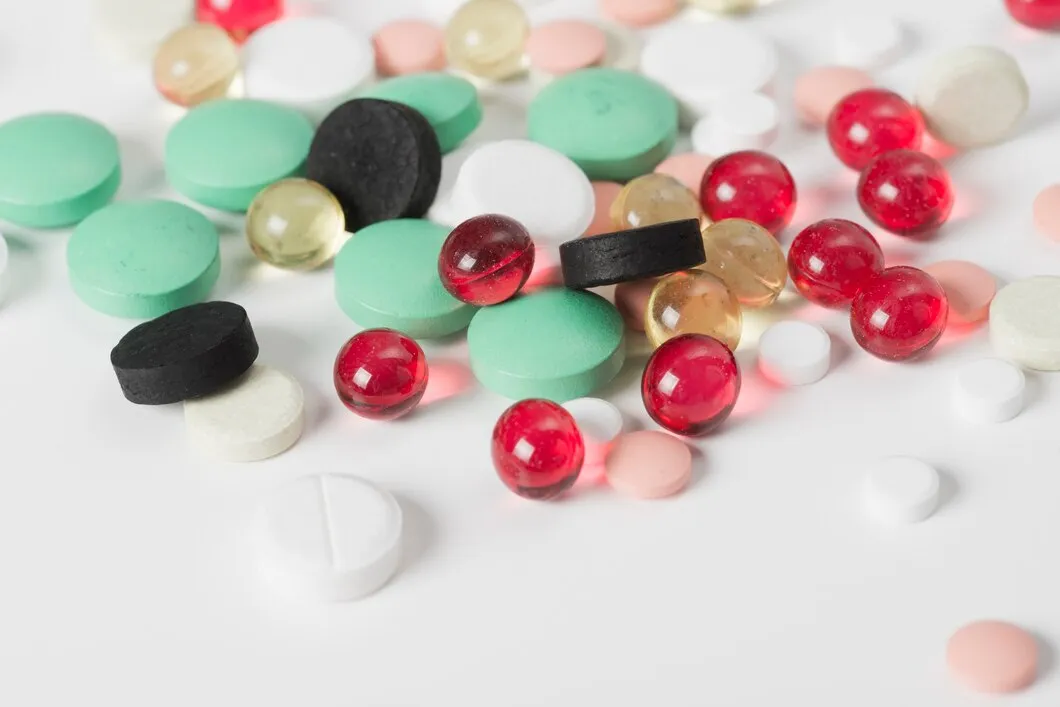新薬を市場に投入するためのコストと時間は増加し続けています。平均すると、1つの治療法の開発に最大10年、数十億ドルもの費用がかかります。製薬会社は競争力を維持するために、AI(人工知能)を活用し、業務を遅らせるのではなく、よりスマートに進めています。
この記事では、 AIと製薬 研究開発のスピードアップを目指して協力しています。実際のユースケース、メリット、課題、そしてそれが何を意味するのかをご紹介します。 メーカー サプライチェーンのパートナー。

医薬品開発は常に複雑ですが、投資と成果のギャップは拡大しています。製薬会社は、研究開発費の減少、開発期間の長期化、そして標的治療薬の迅速な提供に対するプレッシャーの高まりに直面しています。デロイトによると、2024年の平均研究開発費は 1.2%開発コストが超過したにもかかわらず 1薬あたり$22億.
AIは、この傾向を逆転させる方法を提供します。AIは、チームがデータをより迅速に処理し、試行錯誤への依存を減らし、パイプラインのより早い段階でより優れた医薬品候補を特定するのに役立ちます。これは、遅延が頻繁に発生し、コストがかかる2つの領域である、早期発見と臨床試験の設計において特に役立ちます。
利益率の低下とリスクの増大に直面している企業にとって、AI は単なるツールではなく、急速に変化する環境の中で効率性を再構築し、競争力を維持するための手段です。
AI は医薬品開発のさまざまな段階に具体的な影響を及ぼしています。
AI を医薬品研究開発に統合すると、次のようないくつかの利点があります。
有望性があるにもかかわらず、製薬業界における AI 導入にはいくつかのハードルが存在します。
製薬業界における AI の軌跡は有望です。
AIが創薬を加速させるにつれ、製薬企業は開発を必要とする新規化合物の急増に備える必要があります。そのためには、多様な処方に対応できる適応性の高い生産ラインと、変化する需要に対応できる拡張性の高いオペレーションが不可欠です。AIに精通したパートナーとの連携は、この変化の激しい市場環境を効果的に乗り越えるために不可欠です。
医薬品研究開発におけるAIの導入は、業界における新薬の発見・開発方法に変化をもたらしています。初期研究のスピードアップ、コスト削減、試験の成功率向上により、 AIと製薬 長年のボトルネックを解決するために協力しています。
しかし、発見はまだ始まりに過ぎません。より多くの化合物がパイプラインを迅速に通過するにつれて、製薬企業は柔軟性、拡張性、そしてGMP対応を備えた、それに対応できるシステムを必要としています。そこでCanaanの出番です。
カナンは先進的な医薬品機械を設計 カプセル、錠剤、複雑な製剤など、あらゆる製造工程において、自信を持って拡張できるソリューションです。AI主導のイノベーションの次なる波に備えて、生産ラインを準備しましょう。お問い合わせ 貴社の次の成長段階をどのようにサポートできるかをご確認ください。

薬が患者に届く前に、研究室で製造が始まります。そこでは、処方がテストされ、バッチがチェックされ、品質が確認または疑問視されます。その作業を適切に行うには、適切な機器、つまり単に仕事をこなすだけでなく、それを正確に行うツールが不可欠です。製薬ラボの運営または立ち上げを担当している方のために、実際に必要な機器とその重要性について説明します。製薬ラボ機器の主なカテゴリー 製薬ラボでは、それぞれ特定の目的を持つ多様な機器が使用されています。 製薬ラボでよく使用される機器 主要な製薬ラボ機器には以下が含まれます。 ラボ機器が品質、安全性、コンプライアンスをどのようにサポートするか あらゆる製薬[…]

ブリスター包装は、錠剤からカプセル、サンプルパックまで、医薬品業界のあらゆる場所で使用されています。製品を保護し、保存期間を延ばし、患者の安全性を向上させます。しかし、メーカーにとって、ブリスター包装は単なる包装にとどまりません。スピード、精度、そしてコンプライアンスを基盤としたシステムなのです。医薬品製造または包装資材調達に携わる方のために、ブリスター包装について知っておくべきことをご紹介します。その仕組み、素材、そしてなぜ業界で最も信頼されている包装形態の一つなのかをご紹介します。ブリスター包装の仕組み ブリスター包装とは、製品(通常は錠剤などの固形剤)を、裏打ち層で覆われた成形された空洞に密封するものです。空洞は通常透明なプラスチック素材で作られており、[…]

医薬品やサプリメントの供給方法を決める際、液体ゲルか錠剤かという形状の選択は、見た目以上のものを左右します。製品の製造方法、吸収速度、必要な機器の種類、そしてエンドユーザーの体験にも影響します。有効成分の中には、液体充填でより効果的に作用するものもあれば、安定性のために一定量を必要とするものもあります。さらに、コスト、保存期間、生産スケジュールも考慮する必要があります。このガイドでは、これらを実践的な観点から解説します。マーケティングの誇張表現は一切なく、次の製品の開発、拡張、調達において重要な重要な違いだけを解説します。何を比較するのでしょうか?ソフトジェル(液体ゲルとも呼ばれます)は[…]